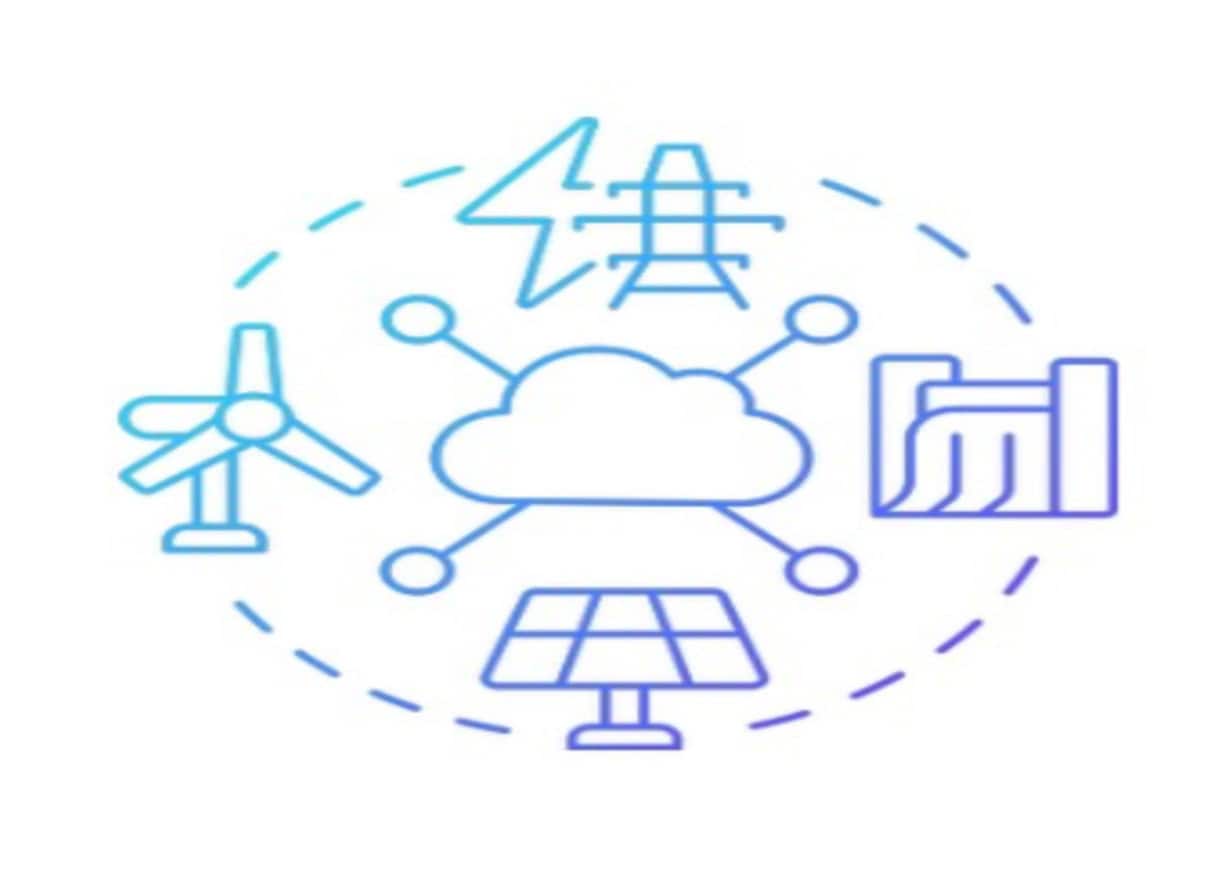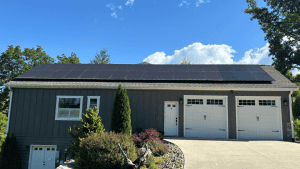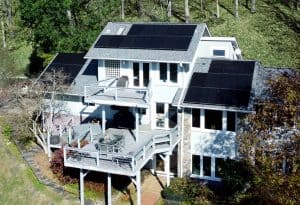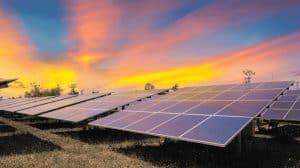
How Virtual Power Plants could be the Key to Saving Rooftop Solar
The Rise of Virtual Power Plants
This approach is known as a virtual power plant (VPP). Across the country, gird operators, utilities, regulators, and lawmakers are increasingly exploring VPPs as a cost-effective solution to modernize and stabilize the electric grid. With the growing retirement of traditional power plants and the challenges in building new clean energy infrastructure, VPPs offer a way to meet rising demands efficiently.
“We’re now in this load-growth era,” says Robin Dutta, acting executive director at the Chesapeake Solar and Storage Association. “Mitigating peak demand growth at the source is perhaps the most cost-effective way to modernize the grid.”
A Growing Trend
In 2023, nearly 800,000 American homes installed new solar or solar-plus-storage-systems, setting a record with about 6.8 gigawatts installed, a 12% increases from 2022. Electric vehicles (EVs), another potential energy storage resource, also saw record sales last year. These trends are driven by advancements that make these technologies faster, better, and cheaper.
“These devices are already being bought because they’re better and more affordable”, says Brian Turner, a director at Advanced Energy United. “VPPs allow everyone to leverage these devices, providing financial benefits to those who invest in them.”
A U.S. Department of Energy (DOE) report found that large-scale deployment of VPPs could help manage rising energy demands and reduce costs. Existing VPPS, often through demand response programs, have proven effective in shifting or reducing energy usage during peak times, saving costs, and enhancing grid reliability.
States Leading the Way
States across the U. S are beginning to recognize the potential of VPPs and are taking steps to implement them.
- North Carolina: The state’s Utilities Commission has approved Duke Energy’s Power Pair program, which incentivizes customers to install solar and storage, either turning over control of the batteries to the utility or participating in time-of-use rates.
- Maryland: Recent legislation requires utilities to create pilot programs that compensate owners of distributed energy resources for grid services, promoting battery storage alongside renewable generation,
- Michigan: Pending legislation aims to create a VPP program to address high electric prices and outage rates.
- New England: The New England Independent System Operator used a VPP during a 2022 heat wave, reducing demand by about 4,000 megawatts.
- Pennsylvania: The Public Utility Commission is seeking comments on rules for distributed energy resources and VPPs, emphasizing their potential for cost-effective grid reliability.
- Arizona: Arizona Public Service’s Cool reward program utilizes 75,000 smart thermostats, providing nearly 110 megawatts of capacity during peak summer periods.
- Colorado: Regulators are pushing for a 50 megawatt VPP by the end of 2024, building on existing battery storage programs.
- Washington: Puget Sound Energy is partnering with AutoGrid to develop a VPP, offering monetary incentives to participating customers.
The Bigger Picture
Experts are concerned about the rapid pace of the energy transition. As older coal and gas plants retire and new clean energy projects face delays, managing the growing electric demand is crucial. VPPs offer a flexible and cost-effective solution to these challenges, providing capacity faster and more affordably than building new power plants.
“Utilities planning for significant load growth can either build new peaker plants or develop VPPs,” Turner from Advanced Energy United notes. Utility commissions play a critical role in ensuring that VPPs are considered as viable, cost-effective alternatives to traditional generation.
As the energy landscape evolves, programs like Rocky Mountain Power’s Wattsmart battery initiative are proving that virtual power plants can play a key role in creating a resilient, modern grid.
Related Posts
Adding Solar to Your Home: How it boosts and Impacts Appraisal
In recent years, the adoption of solar energy systems has surged, not only for their environmental benefits but also for the financial advantages they bring...
Read MoreUnderstanding the North Carolina Bridge Rate Structure
Introduction:The North Carolina Residential Renewable Energy Program is a unique opportunity for residential customers to harness renewable energy for their own use. In this blog...
Read MoreHow Virtual Power Plants Could Be the Key to Saving Rooftop Solar
How Virtual Power Plants could be the Key to Saving Rooftop Solar The Rise of Virtual Power Plants This approach is known as a virtual...
Read MoreMaximize Savings & Sustainability with PowerPair from Duke Energy Progress & Duke Energy Carolinas
Maximize Savings & Sustainability with PowerPair from Duke Energy Progress & Duke Energy Carolinas Duke Energy Progress & Carolinas is offering an enticing opportunity for...
Read More





